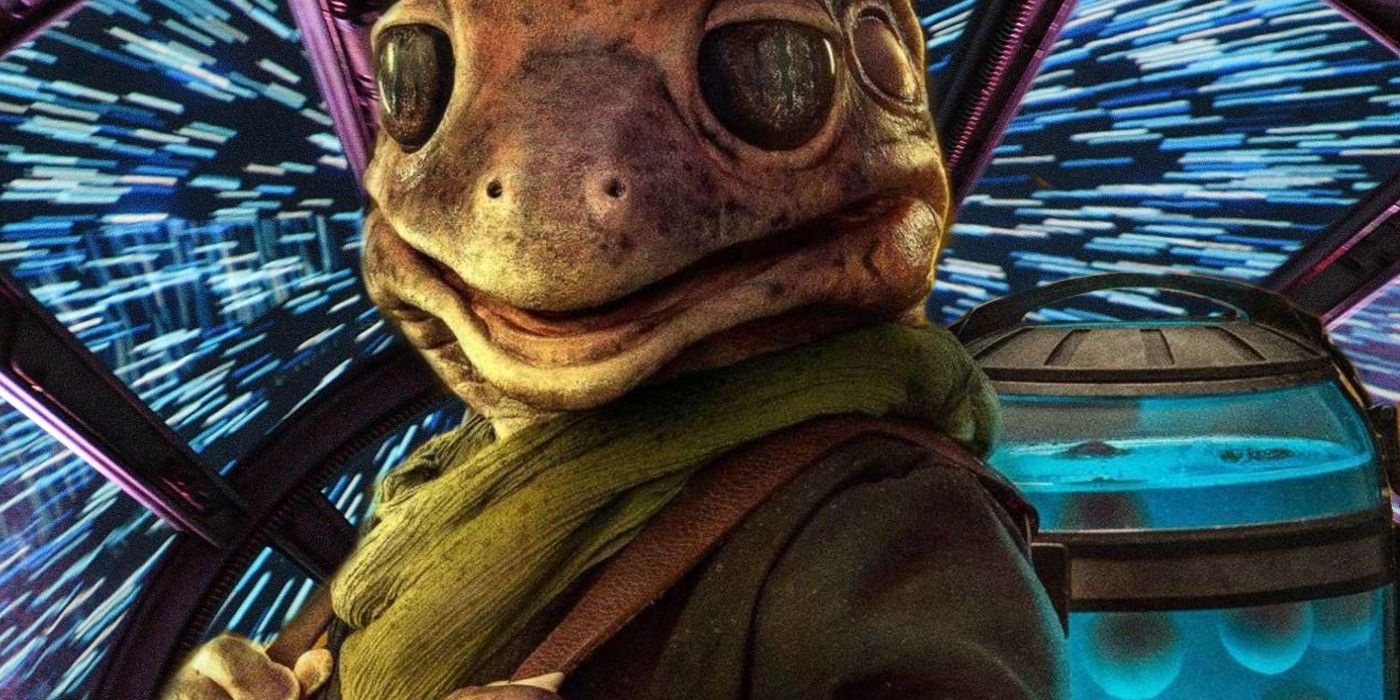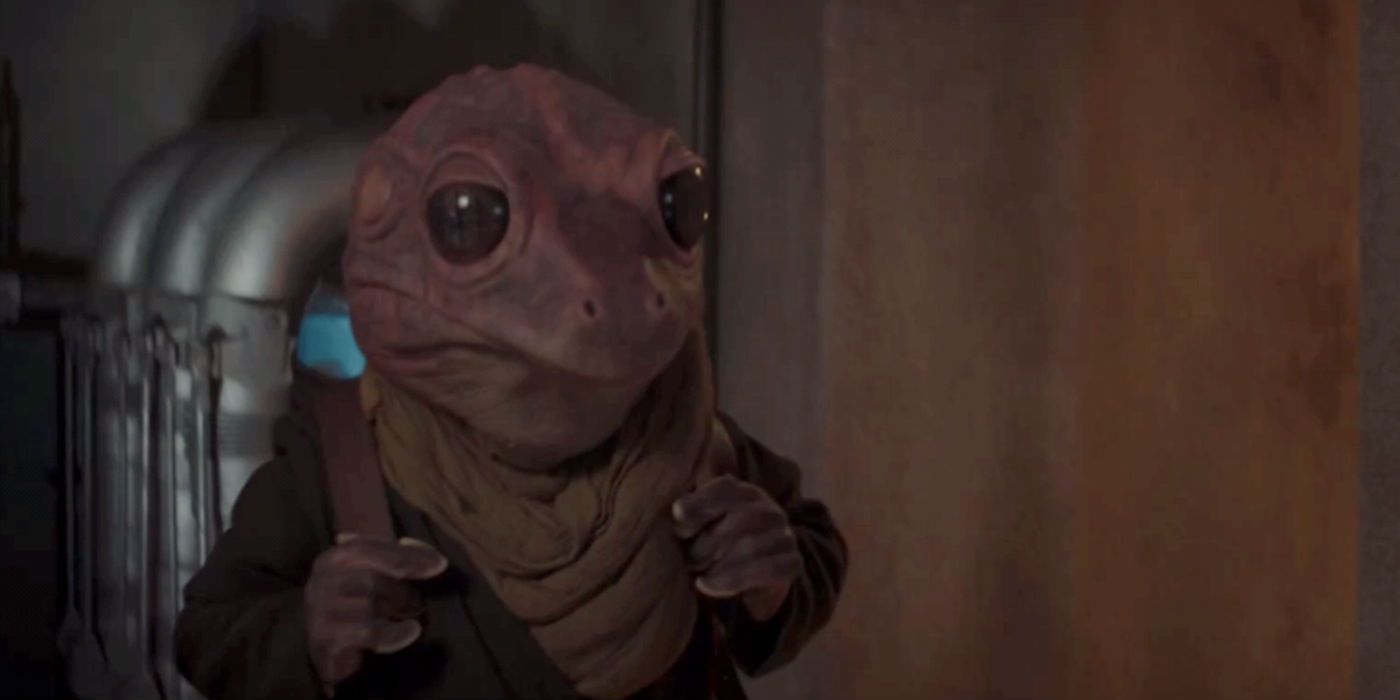Why can't the Razor Crest travel at lightspeed while ferrying frog lady and her eggs in The Mandalorian? Din Djarin's adventures on Tatooine yielded a new set of armor and a big hunk of dragon meat, but the bounty hunter failed to reunite with others of his clan, after the rumored "Mandalorian" on Tatooine proved to be just Cobb Vanth in cosplay. In exchange for another tip-off, Djarin agrees to transport a strange frog lady to the next sector. The female amphibian has laid her spawn, and must reach her husband on Trask, otherwise their entire line will end. While Mando is happy to accept the job, he's annoyed to learn that the journey must be completed without hyperdrive, so as to protect the eggs.
The concept of hyperdrive has been part of Star Wars lore ever since Han Solo punched the Millennium Falcon into top gear in 1977. A ship's hyperdrive system allows for lightspeed travel through hyperspace - a dimensional tunnel, of sorts, connecting the entire galaxy. Effectively, travelling at lightspeed allows the characters of the Star Wars universe to move from one part of the galaxy to another in double-quick time, thereby avoiding a major problem posed by real-world space travel. Travelling in hyperspace is a common occurrence in Star Wars, and the process is demonstrably safe for the vast majority. So why would hitting the hyperdrive hurt frog lady's eggs?
One possible explanation derives from the safety protocols that make lightspeed travel possible. Scientifically speaking, a ship moving at lightspeed should kill everyone on board through sheer force. Any fictional hyperdrive system has to account for this with some made-up counter technology - the inertial dampers in Star Trek, for example. A similar device must exist in Star Wars also; perhaps the hyperdrive motivator referenced in The Empire Strikes Back. The system would prevent a ship's occupants being splattered against the interior while travelling through hyperspace, but it's possible that the protective tank containing frog lady's eggs might negate those effects. If Mando had operated his hyperdrive with the eggs on board, the tank itself would've been fine, while the spawn inside were torn apart by G-force. Scrambled eggs for Baby Yoda's breakfast.
Another potential reason frog lady's eggs can't handle hyperspace can be found in the canon Tarkin novel, which explores the backstory of the famous Grand Moff played by Peter Cushing. Tarkin reveals that travelling through hyperspace gives off a special kind of radiation. Presumably, the radiation is negligible for the average person, but it may cause problems for an egg or an unborn child (although Padmé surely must've used hyperdrive to meet Anakin on Mustafar in Revenge of the Sith). There is precedent for this phenomenon in the real world, as a fetus in early development is more sensitive to radiation than at any other time in their life cycle.
The lore around lightspeed and hyperspace in the Star Wars universe is deliberately murky, and that ambiguity has spilled into several notorious fandom disagreements, particularly over The Last Jedi's Holdo Maneuver and Poe Dameron's "lightspeed skipping." There's still plenty Star Wars hasn't (and probably won't) reveal about its hyperdrive mechanics. Likewise, The Mandalorian's frog lady is also a big mystery - a previously unseen species with no name or biological details given. The audience have enough information to know that her eggs and lightspeed aren't compatible, but not enough to start another long-running argument over the limits of lightspeed. This allows Mando's hyperdrive ban to perform its function - explaining why the New Republic finally catch up to Din Djarin's ship.


